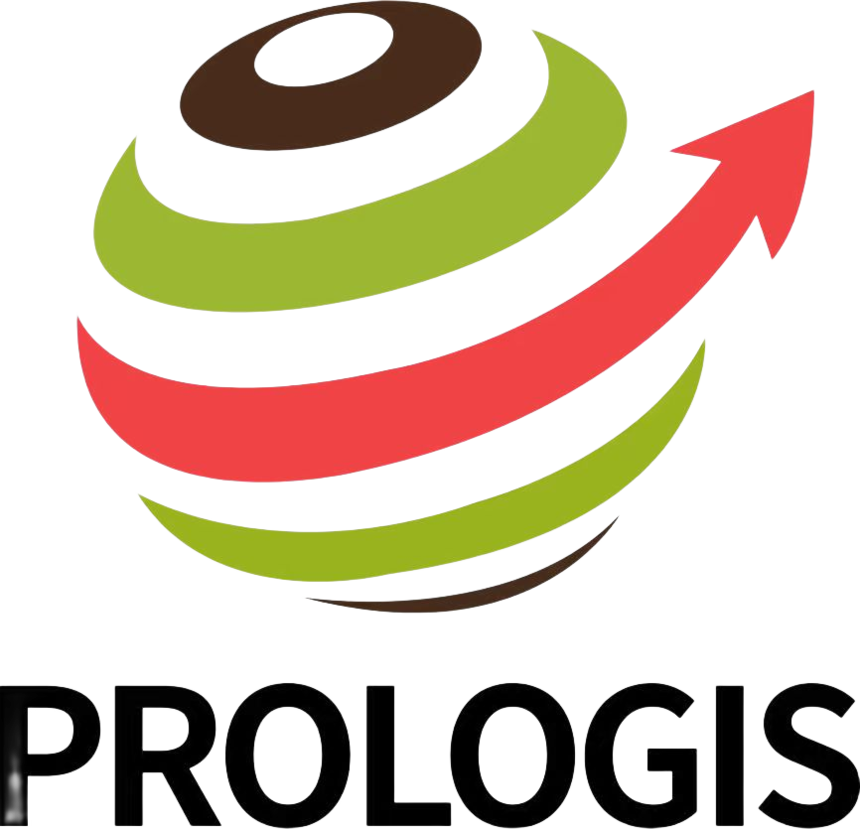|
The different between glass cutting machinesThe Glass Laser Cutting Machine represents a significant advancement over traditional glass cutting methods. It utilizes a focused laser beam to precisely cut through glass, providing a clean, accurate finish. In contrast, conventional glass cutting machines rely on mechanical scoring, followed by manual or automatic snapping of the glass along the score line. These different approaches result in various advantages and disadvantages, making this machine an innovative solution for industries requiring precise, high-quality cuts. One of the primary differences between the two is the cutting method itself. Traditional machines use a diamond or carbide wheel to score the glass surface. The pressure applied creates a weak point, allowing the glass to break along the score. While effective, this method can lead to micro-fractures and chips, reducing the strength and quality of the final product. Additionally, mechanical cutting can be limited when it comes to complex shapes or intricate designs. In contrast, the laser-based machine uses a concentrated laser beam to melt or vaporize the glass. This non-contact process eliminates the risk of micro-fractures, resulting in a smooth, clean edge without the need for post-processing. Another distinction is the flexibility offered by laser cutting technology. Traditional machines are often limited to straight or slightly curved cuts, while the laser system can easily handle complex shapes and intricate patterns. This versatility is particularly beneficial for industries like automotive and electronics, where precision is crucial, and design elements can be intricate. Additionally, the laser’s ability to cut at different angles and depths allows for multi-dimensional designs, which would be difficult or impossible to achieve with mechanical cutting methods. Speed and efficiency also set the two systems apart. While traditional machines can be fast, they require multiple steps, including scoring, snapping, and finishing. Each step introduces potential for error and slows down production. The Glass Laser Cutting Machine, however, cuts through glass in a single, continuous motion. This streamlined process not only reduces the time needed but also minimizes waste, as there’s no need for additional trimming or smoothing. Moreover, this system is easier to automate, integrating seamlessly into production lines for continuous operation without the need for manual intervention. In terms of cost, traditional glass cutting machines may initially seem more affordable. However, the long-term benefits of using a laser-based system can outweigh the initial investment. The precision and reduced need for post-processing save labor and material costs over time. Additionally, the durability of laser machines tends to be higher, as there are fewer moving parts subjected to wear and tear. In conclusion, while both methods are effective, the Glass Laser Cutting Machine offers superior precision, flexibility, and efficiency compared to traditional glass cutting techniques. Its ability to deliver high-quality cuts without damaging the material, combined with its adaptability for complex designs, makes it a valuable tool in modern glass manufacturing industries. |


































































